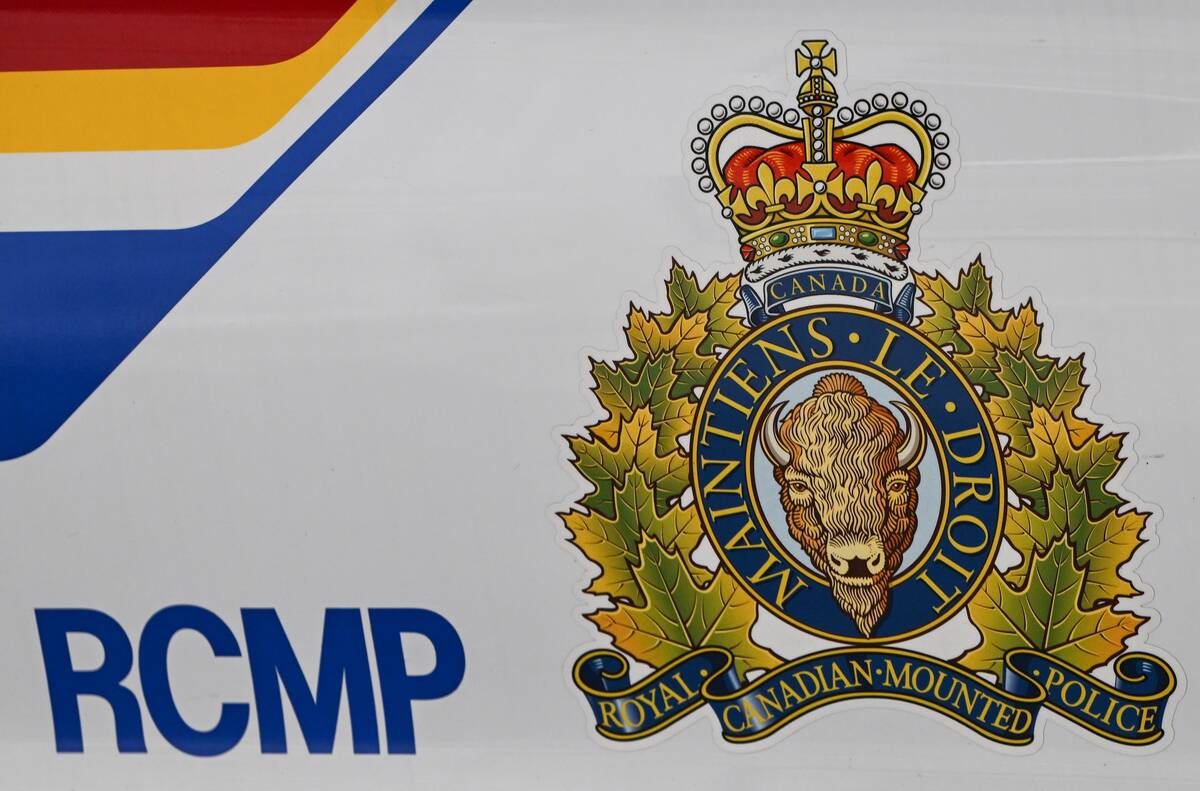Get a clean plate to retrieve food from the grill. Check.
Bring a thermometer to measure internal temperature. Check.
Retrieve grill brush from storage to clean the grill. Wait a second!
As I was helping prepare a meal on our outdoor grill, I paused to check my Facebook page. One of my Facebook friends had posted an interesting article about emergency room visits prompted by outdoor grilling.
But their visit wasn’t because of foodborne illness caused by cross-contamination or unsafe internal temperatures of the meat.
Read Also

Man shot in hunting incident
Three teens face charges after a 66-year-old man was shot in the arm outside of his home in the RM of Victoria
A study published in the American Journal of Roentgenology showed that six patients had wires in their neck, liver or intestines from the grilled food they had enjoyed. Some of the patients required surgery.
Turns out, during the grill-cleaning process, the grill brush had shed some wire bristles, which were left on the grill. When the meat was added to the grill, the entree featured a “special” ingredient.
The authors of the study said more research was needed before you throw away your grill brush. They suggested wiping the grill grates with a clean, wet paper towel before firing up the grill to retrieve any stray bristles.
So, add “clean, wet paper towel” to your list before heading to the grill or use another type of scraper to clean your grill before adding the meat.
Keep in mind some other safety tips when you stand at the grill. Pick a safe area and place the grill on a well-ventilated, flat, level surface away from overhangs, deck railings and shrubbery.
Handle charcoal safely; never add lighter fluid directly to hot coals. To put out the fire, cover the grill and close the vents, allow the coals to cool completely for at least 48 hours and dispose of them in a non-combustible container.
Never leave a lit grill unattended, and be sure children and pets keep their distance from a hot grill. Always keep a bucket of water and/or a fire extinguisher close at hand. Use long-handled tongs and flame-retardant mitts to protect your hands when you turn the meat or vegetables.
Your best tool for high-quality, safe food is your meat thermometer. Be sure you are aware of these safe minimum internal temperatures. The internal cooking temperature for pork recently was reduced to 62.7 C (145 F), with a three-minute rest time. That is the same temperature as beefsteak.
- Chicken and other poultry, 73.8 C (165 F)
- Hamburgers (ground beef), 71.1 C (160 F)
- Beef, pork (steaks, roasts and chops):
Medium rare, 62.7 C (145 F) (three-minute rest time)
Medium, 71.1 C (160 F)
- Fish, 62.7 C (145 F)
Add some delicious grilled meat, vegetables and fruits to your menu. For more grilling tips, see “Becoming the Grill Master” at http://www.ag.ndsu.edu/pubs/yf/foods/fn1412.pdf and “Grill Something Different” (featuring grilled wings, salmon, veggies and peaches) at http://www.ag.ndsu.edu/pubs/yf/foods/fn1420.pdf.














